Day 3 of our Porto visit was our longest excursion of the trip as we boarded a tour boat for a leisurely cruise up the Douro River through two locks to Régua and the beginning of the Douro Valley wine region, visited a local winery, then returned to Porto via the Miradouro Train. We boarded the ship about 8am and arrived at São Bento Station after 9pm. A very long day, but so glad we did it. We booked this day trip through the website: https://www.roteirododouro.com/en. They have lots of options, including booking the historic steam train when the schedule fits.
A breakfast of rolls with coffee and orange juice was served as we boarded and were escorted to our assigned table. Keith doesn’t drink coffee and requested a glass of milk. However, when the glass was delivered, the milk was steaming hot! It seems the word “cold” was missed in translation! Thankfully a nice young Portuguese man, traveling with his father sitting next to us, explained to the server that Keith wanted a glass of COLD milk to drink, not hot milk to add to coffee.


Six Bridges
We were soon underway, traveling upriver passing beneath 5 of the 6 bridges crossing the Douro from Porto to the south side. These are the Dom Luis I Bridge (1886) which we walked across to Gaia, the Infante Dom Henrique Bridge (2003), the Dona Maria Pia Railway Bridge (1877 designed by Gustave Eiffel), which was replaced by the São João (St. John’s) Railway Bridge in 1991, and the Freixo Bridge (1995). The bridge we didn’t see is downriver towards the Atlantic Ocean from our starting point. It is the Arrábida Bridge opened in 1963 with 6 traffic lanes and 2 pedestrian lanes.
Additional Pics Leaving Porto
Scenery and Spas
As we continued, the urban and industrial setting gave way to more rural and wild settings, and several top-class resorts along the peaceful river. We passed through the lock at the Crestuma-Lever Dam (14 meters high) mid-morning and then during lunch we went through the Carrapatelo Dam (42 meters high). The small villages and farms along the river lend to its charm. We mostly left the rain behind in Porto, but every now and then we still caught a stray shower.
Entering the Douro Valley Wine Region
There are three demarcated subregions along the Douro River. The western region is called Baixo Corgo (lower Corgo River), the central region is Cima Corgo (upper Corgo River), and the eastern region is Douro Superior. Our cruise ends in Régua which is in Baixo Corgo. The Corgo river is a small tributary feeding the Douro.

The western boundary of the demarcated Douro Valley Wine Region is in the vicinity of Barqueiros, and the views of vineyards, olive groves, and citrus trees started increasing in number. We also passed several river ships doing multi-day cruises from AMA Waterways, Emerald, and Viking. These typically are 5-7-day round-trip cruises from Porto and follow the Douro almost to the Spanish border with usually a day excursion to Salamanca, Spain.
Régua
Upon arrival in Régua, most passengers disembarked, but some continued further to Pinhão in the Cima Corgo region. Of those who disembarked, many were staying in Régua, some visited the city and returned on the train or bus that afternoon. We had selected an option to visit a local winery for a tour and tasting, then return via the evening train. We were given vouchers for a taxi to take us to the winery, then return to take us to the train station. Our train tickets were also included in our overall fare.
Unfortunately, our taxi driver had been told the wrong winery. Luckily, we caught the mistake in time, and he was able to turn around and take us to the correct winery (on the opposite side of the river!) in plenty of time for our pre-arranged tour time. The winery we visited, Quinta do Vallado, is not the one listed when booking online, but we’d been told of the change. I was excited about the change because I’d read about this winery and one of its historic owners, Dona Antónia Adelaide Ferreira (1811-1896).

Quinta do Vallado was established in 1716 and was purchased by the uncle and father-in-law of Dona Antónia, António Bernardo Ferreira (ABF), in 1818. From that time, it focused on creating port wines sold by the family company, Casa Ferreira, making it the first Portuguese family-owned port house. Upon the death of ABF in 1841, his son, ABF II (Dona Antónia’s husband and first cousin), took over. However, he died in 1844 when ABF III was only 10 years old. Thus, Dona Antónia took on the management of Vallado and Casa Ferreira until her death in 1896. She must have been an incredibly resilient woman. In addition to being widowed with a young child, she later survived a shipwreck, and dealt with the attempted abduction of her daughter causing them to go into exile for a few years. In the late 1880s, when phylloxera struck European vineyards, she studied methods to fight the disease. By the time of her death, she was the largest landowner in the Douro Valley, leaving a vast legacy and fortune to her heirs. In 1987, the family sold Casa Ferreira, but kept its vineyards. In the 1990s, they began producing table wines under the Vallado label. Today, her great-great-great-grandchildren still own and run the vineyards and winery.
Our tour guide was personable and knowledgeable as he walked and talked us through the history of the winery and the growing and processing of the grapes. Perhaps the most interesting part was the VR experience of harvesting the grapes. You really felt like you could reach out and pick them yourself! Then came the part everyone was really looking forward to – the tasting! There were 5 wines – a white, 3 reds, and a port.
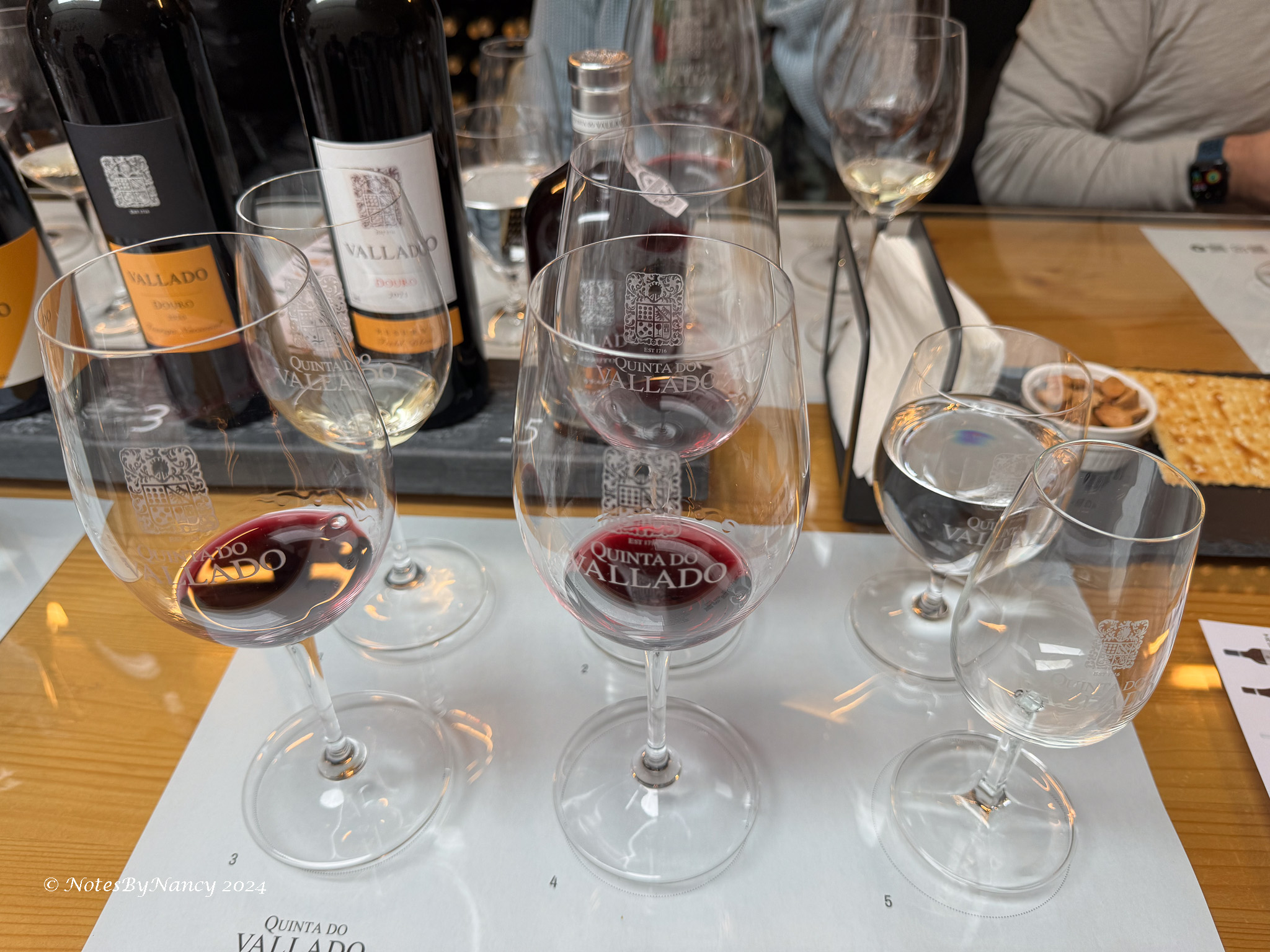

When we came out of the building from our tasting, our taxi driver (the father-in-law of the prior driver) was waiting to take us to the train station for the 2-hour trip back to Porto. We had about a half-hour before the train was due, so grabbed some sandwiches for dinner on the train.

It was interesting to reverse our course from the morning and see the river and countryside now from the railway. We were about a third of the way back when we slowed to a stop. We thought perhaps there was trouble ahead of us, but it seems we were the trouble as our engine was having issues. After almost 30 minutes, the engine restarted, and we continued with no further delays into São Bento Station about 40 minutes late.
São Bento Station
While Keith and Paula visited São Bento Station with Jose on the Porto walking tour after I got hurt, this was the first opportunity for Dave and I to see its impressive azulejos interior. We caught a taxi for the short downhill ride back to our apartment as we were tired and didn’t want to risk any more falls in the dark.
Thankfully after such a long day, we don’t leave Porto until 10am tomorrow, so plenty of time to pack in the morning for our transition to Lisbon, visiting Coimbra, Nazaré, and Óbidos along the way.

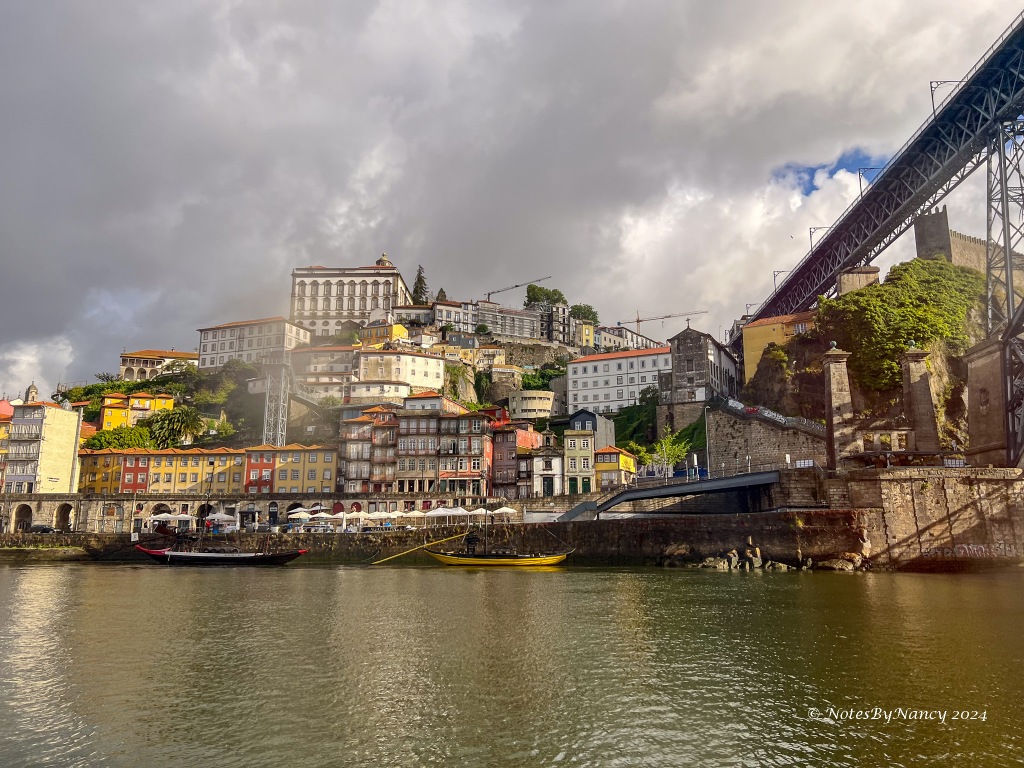

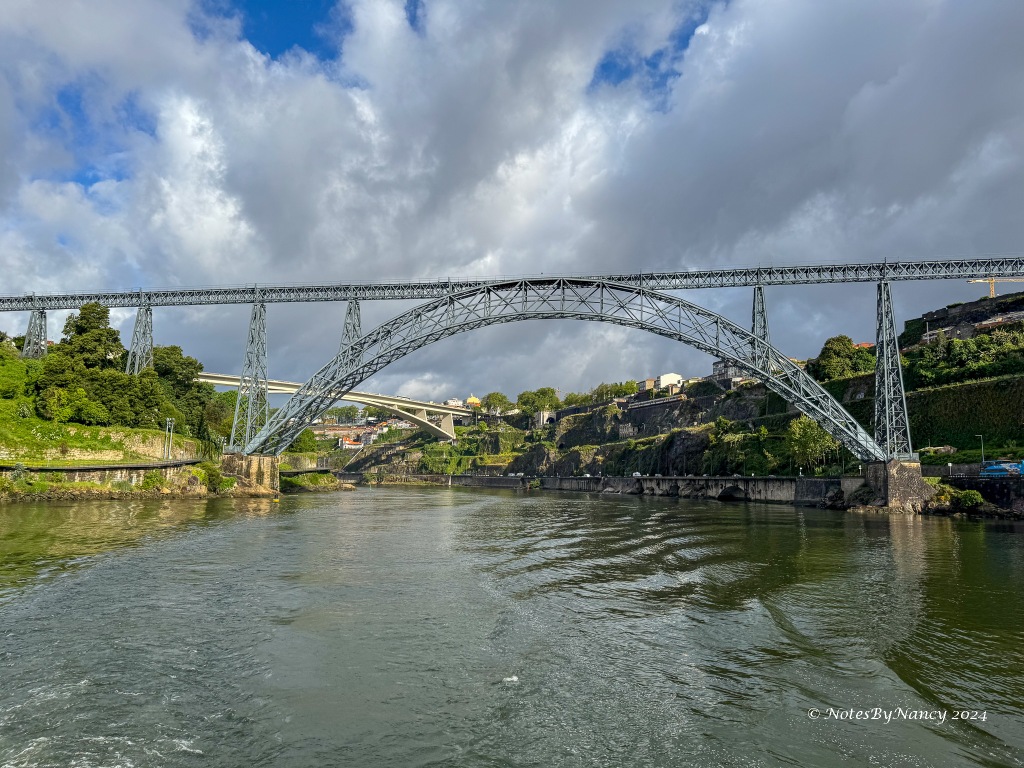


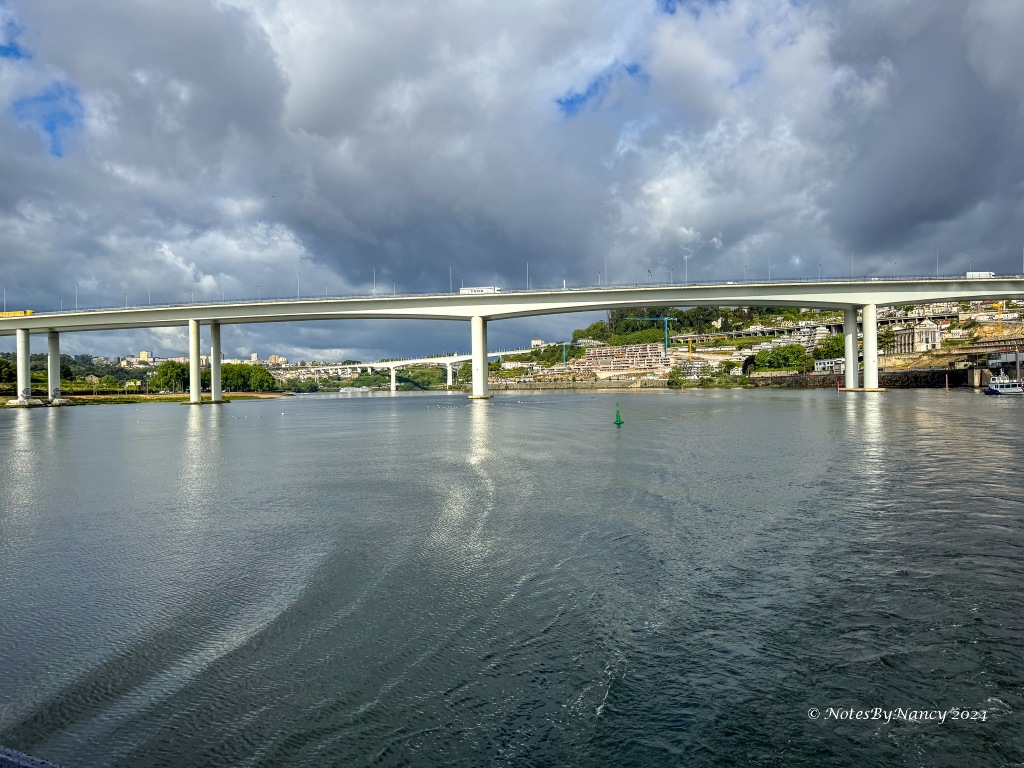












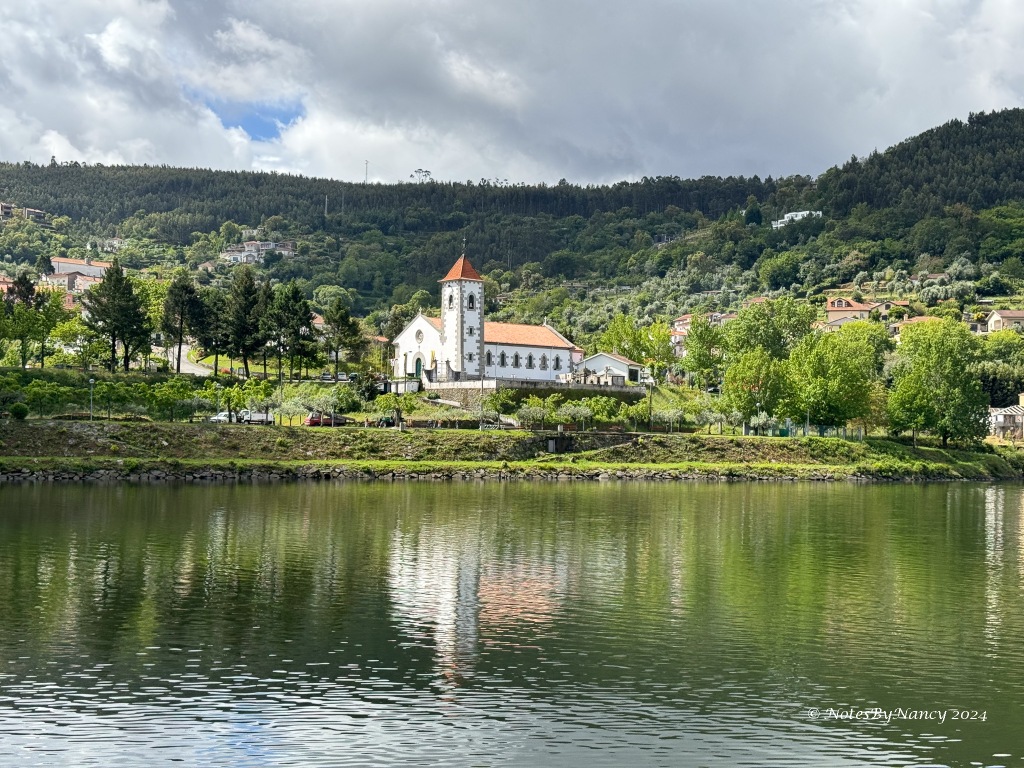






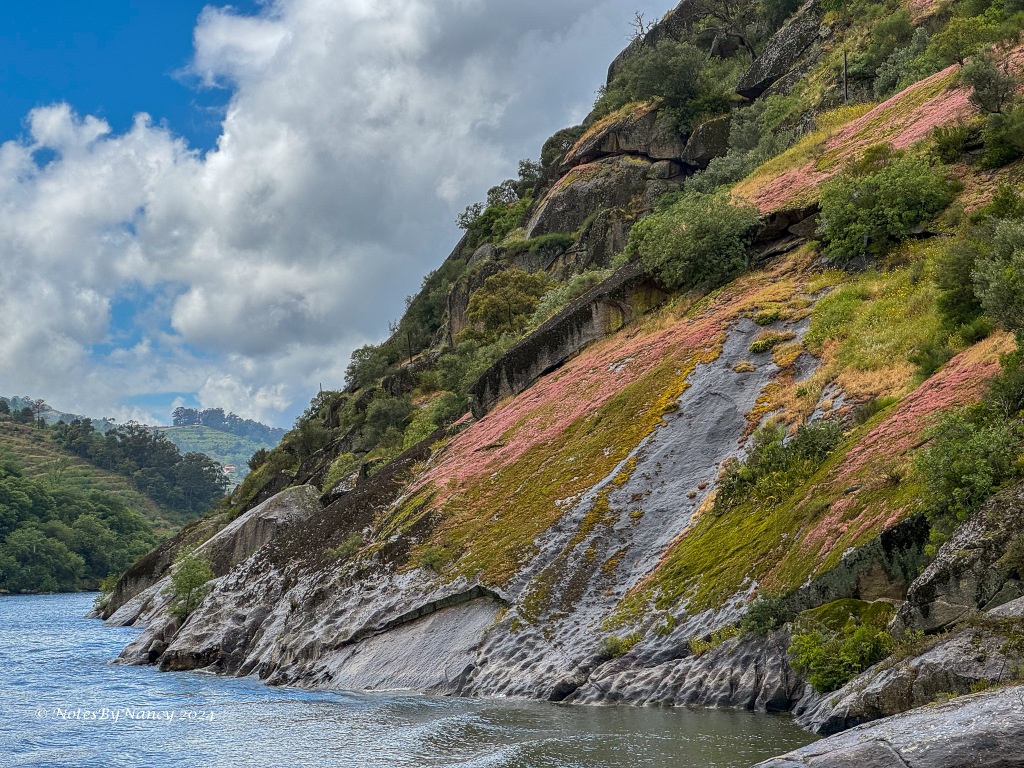






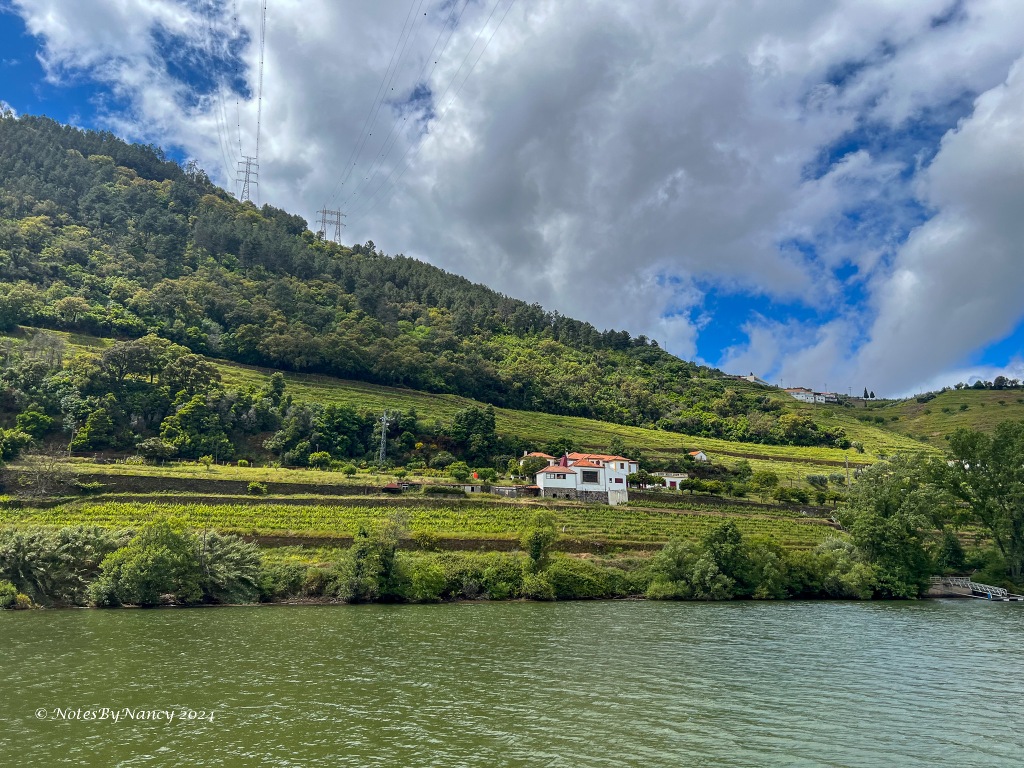

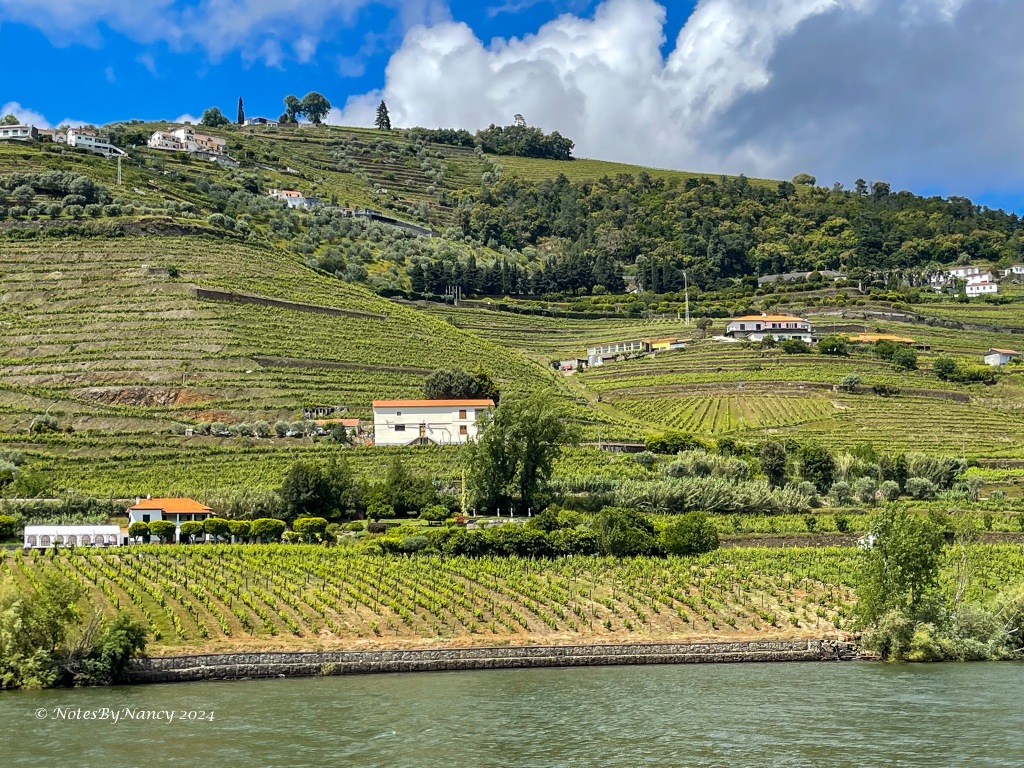


















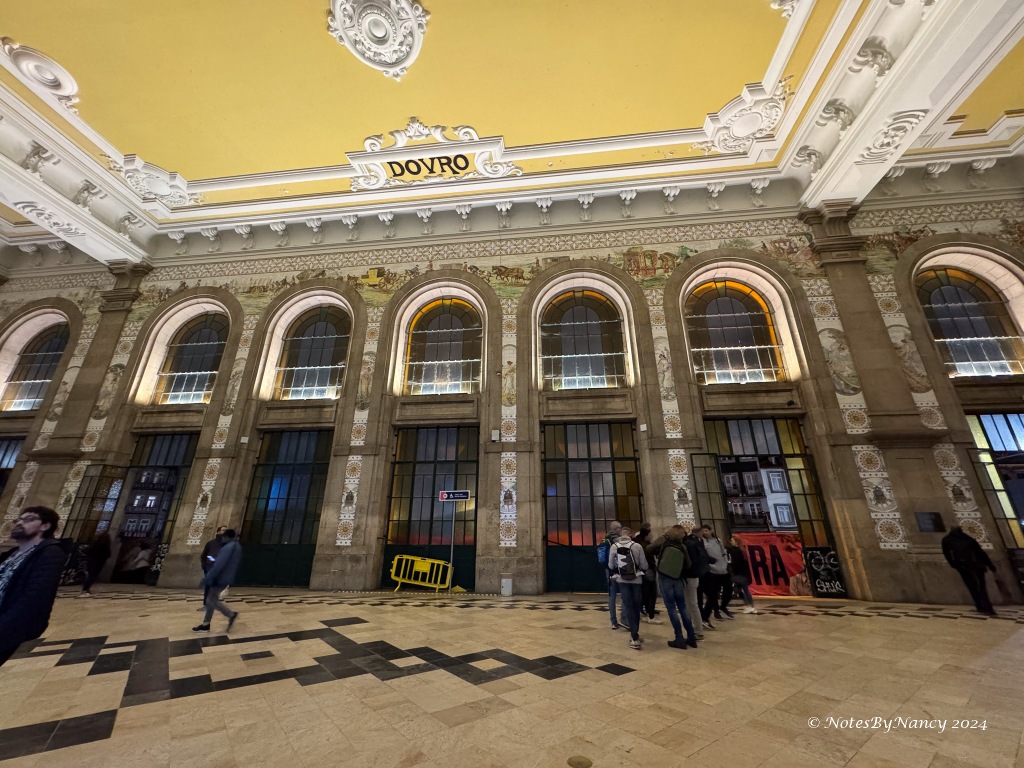


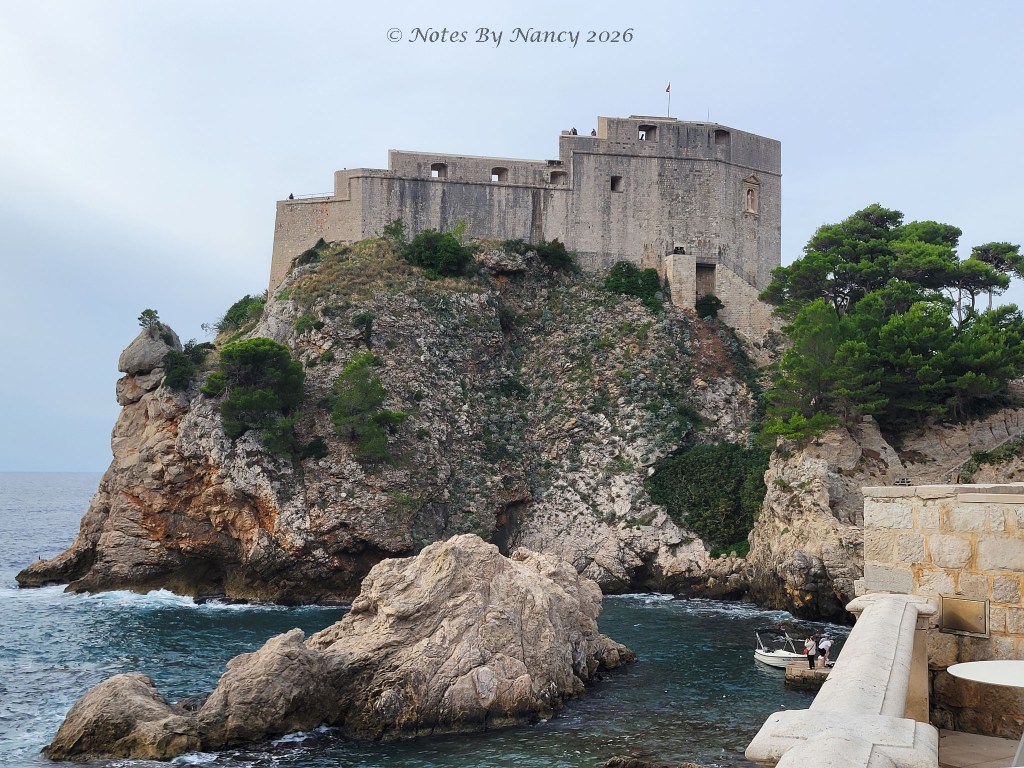
Leave a comment